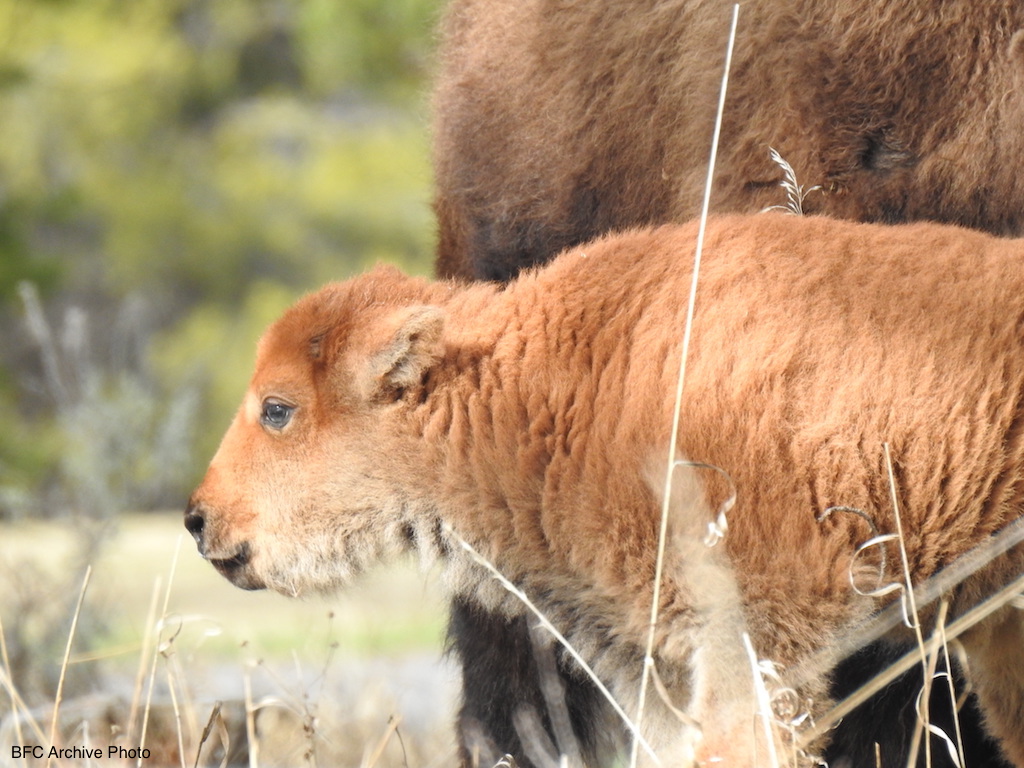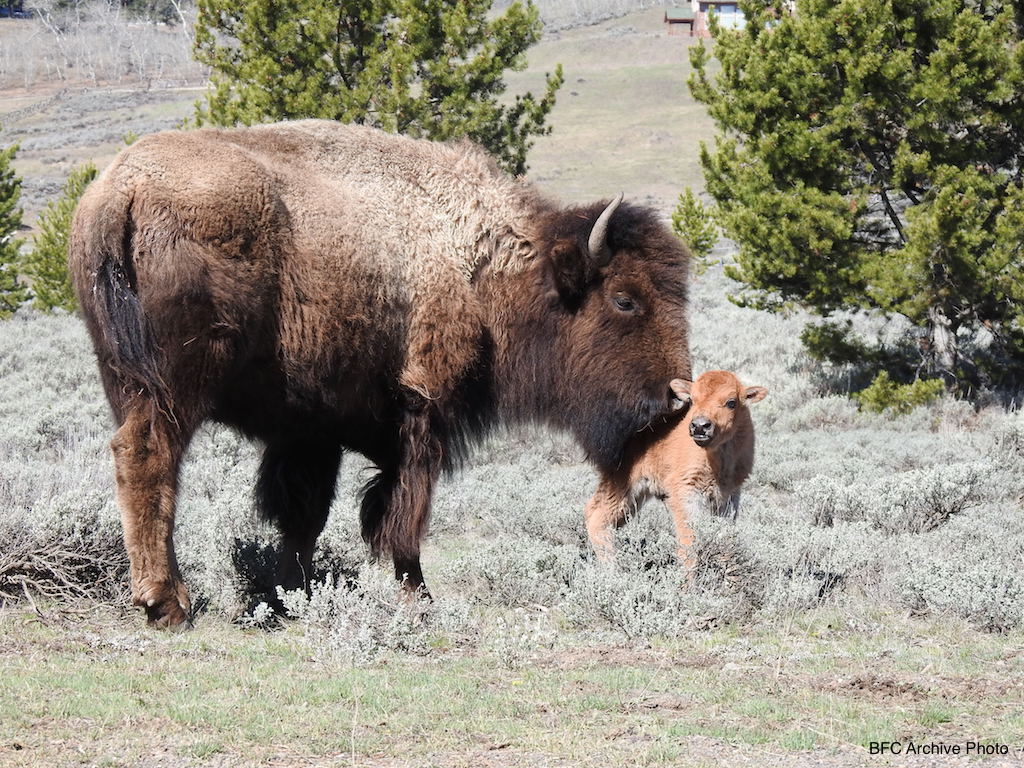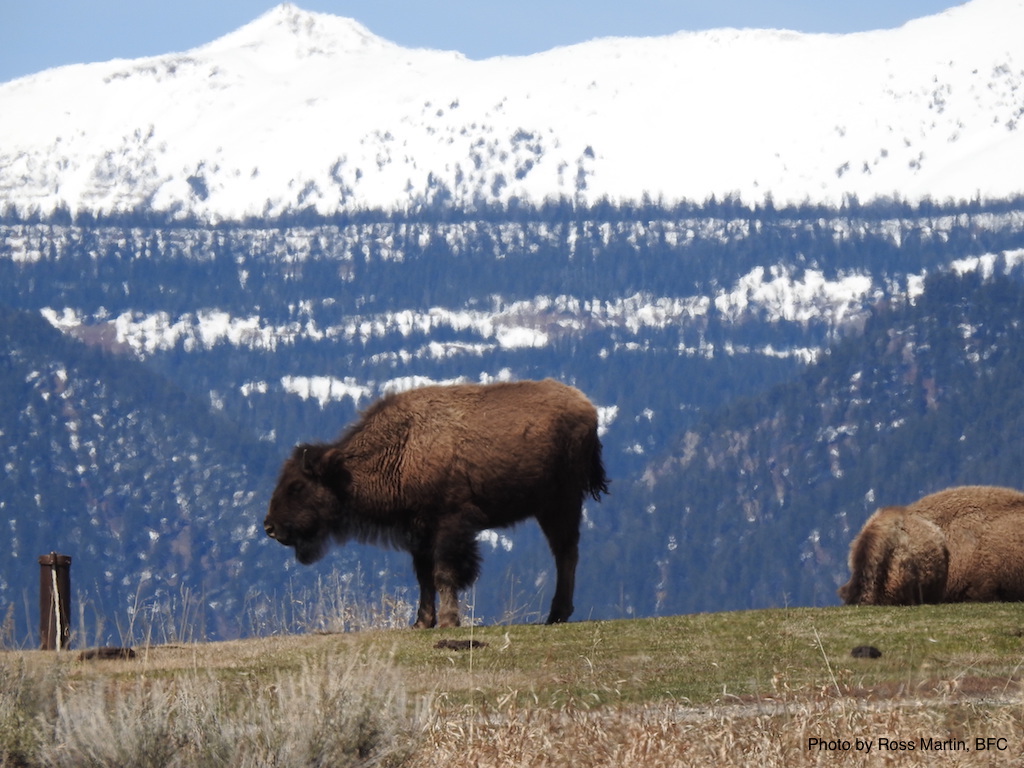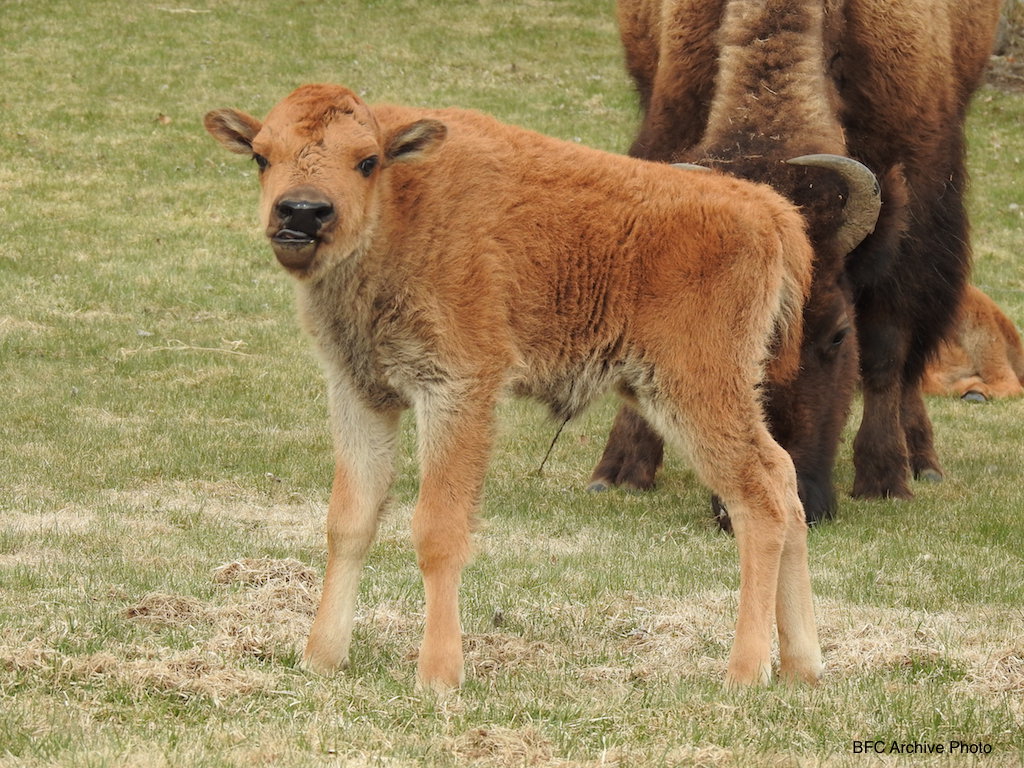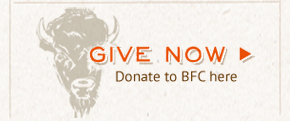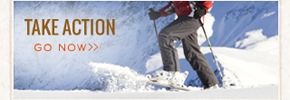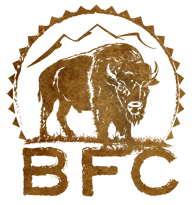A buffalo calf on Horse Butte
The new generation of calves will swell Yellowstone’s total buffalo population to over 5,000 this summer, a cause for celebration! The cancellation of Yellowstone National Park’s capture for slaughter trap will enable much needed growth of buffalo populations. This year, 161 buffalo were hunted—almost exclusively through tribes exercising their treaty rights— a small number compared to the 540 captured (859 killed total) in the winter of 2019-2020. During a mild winter with reduced migration into the Gardiner basin, Yellowstone National Park knew that the trap would prevent the tribes from exercising their treaty rights, which forced them to abandon their planned 500-800 buffalo kill quota. Tribal rights and leadership are pivotal in ending the capture for slaughter program. Yellowstone National Park’s trap, and the unscientific myth of buffalo overpopulation in Yellowstone are the biggest threats to these sacred animals. Permanent cancellation of Yellowstone National park’s trap has been and will continue to be our rallying cry going forward.
A mother grooms her new calf
Calving season is in full swing in the first week of May, and the presence of the new buffalo lift our spirits. As the calves prance and play among bright green grass and sagebrush buttercup, their enthusiasm for life rubs off on everyone who witness it. Even the fully grown buffalo seem at ease, content to watch the little ones learn how to run and play on brand new legs. Buffalo have a mysterious magnetism surrounding them that is a powerful healing force to all wildlife, humans included.
Many residents of Horse Butte, the Central Herd’s calving grounds, acknowledge the joy that living among wild buffalo brings. They want to share their time, lives and land with buffalo because it enhances their lives. In fact, many people choose to live on Horse Butte because of the buffalo. The Hebgen Basin and this community of buffalo-lovers is truly an ideal example of human-wildlife coexistence, a roadmap for a future relationship with our world.
A yearling enjoys its second spring with a backdrop of mountains
Coexistence is a partnership, one in which people and the buffalo must learn and adapt. With BFC’s help, the migrating buffalo have learned the savvy qualities needed to safely cross the highway. Plenty of buffalo look both ways before crossing the road, a testament to their intelligence and understanding of humans. Buffalo take advantage of Forest service roads to access their habitat on National Forest lands, it is easy travelling for them just like it is for humans. People that live on Horse Butte build fences around their young trees to provide the buffalo with a scratching post to shed their thick winter coats for warmer times, and slow their cars in the neighborhood for the calves just as they would for a neighbor’s child.
Living with buffalo is a symbolic and practical step to move forward into a paradigm of ecological living. Living among the largest North American land animal teaches the lessons and considerations we need to share the land with the natural world and live in harmony with it. Learning to coexist is one of the many reasons we stand with the buffalo. Together we can create a future where these majestic animals can once again roam free.
A calf works up an appetite for new grass shoots!

